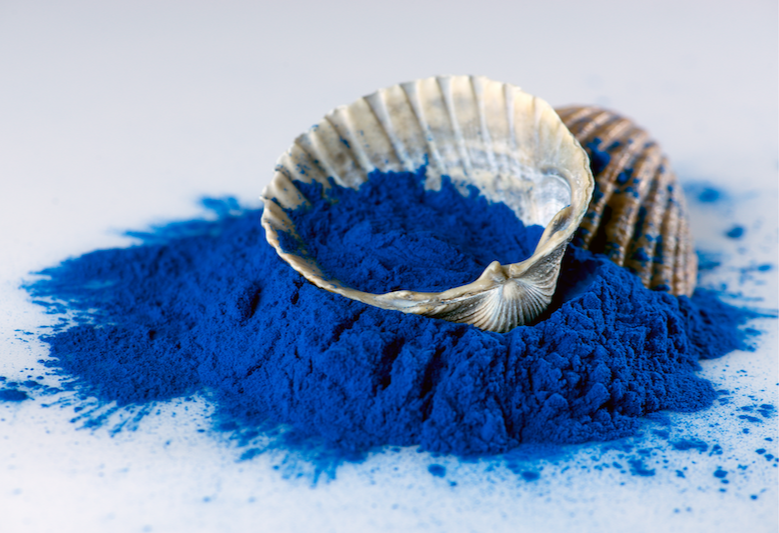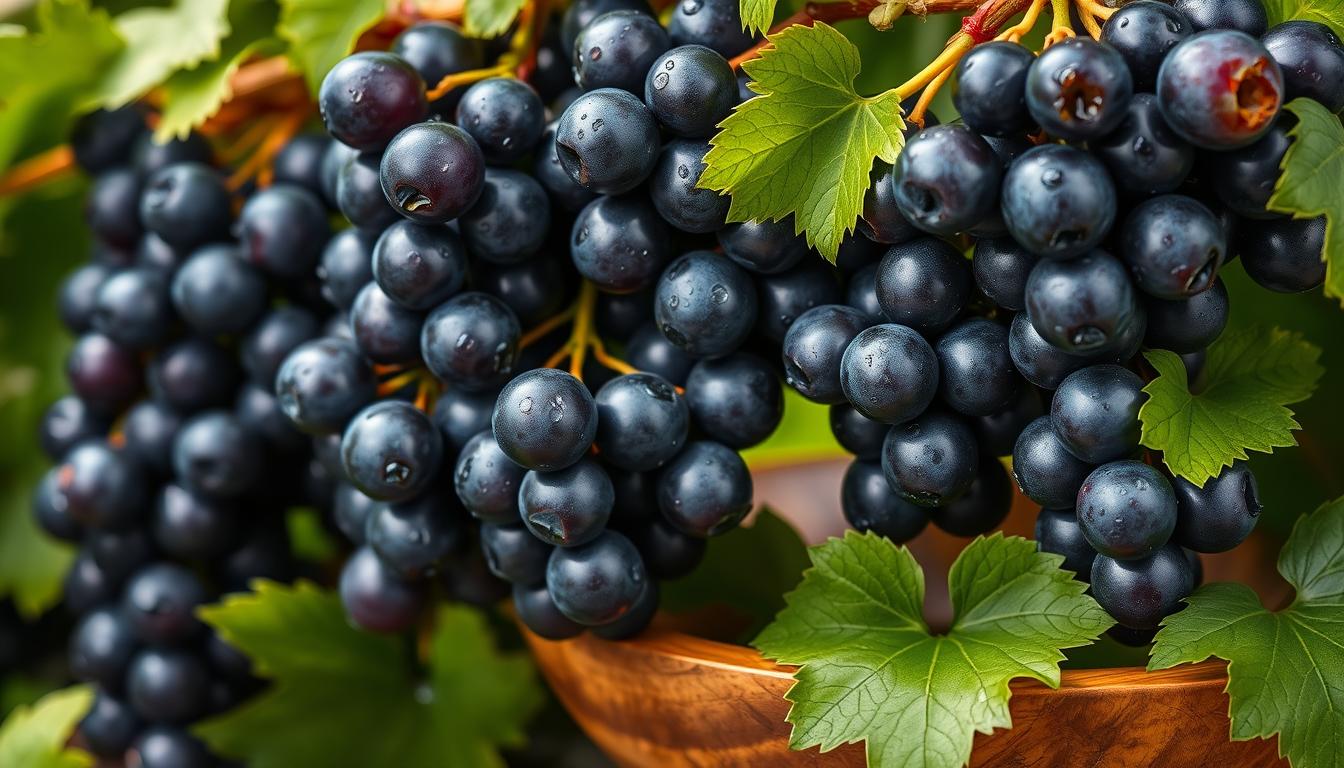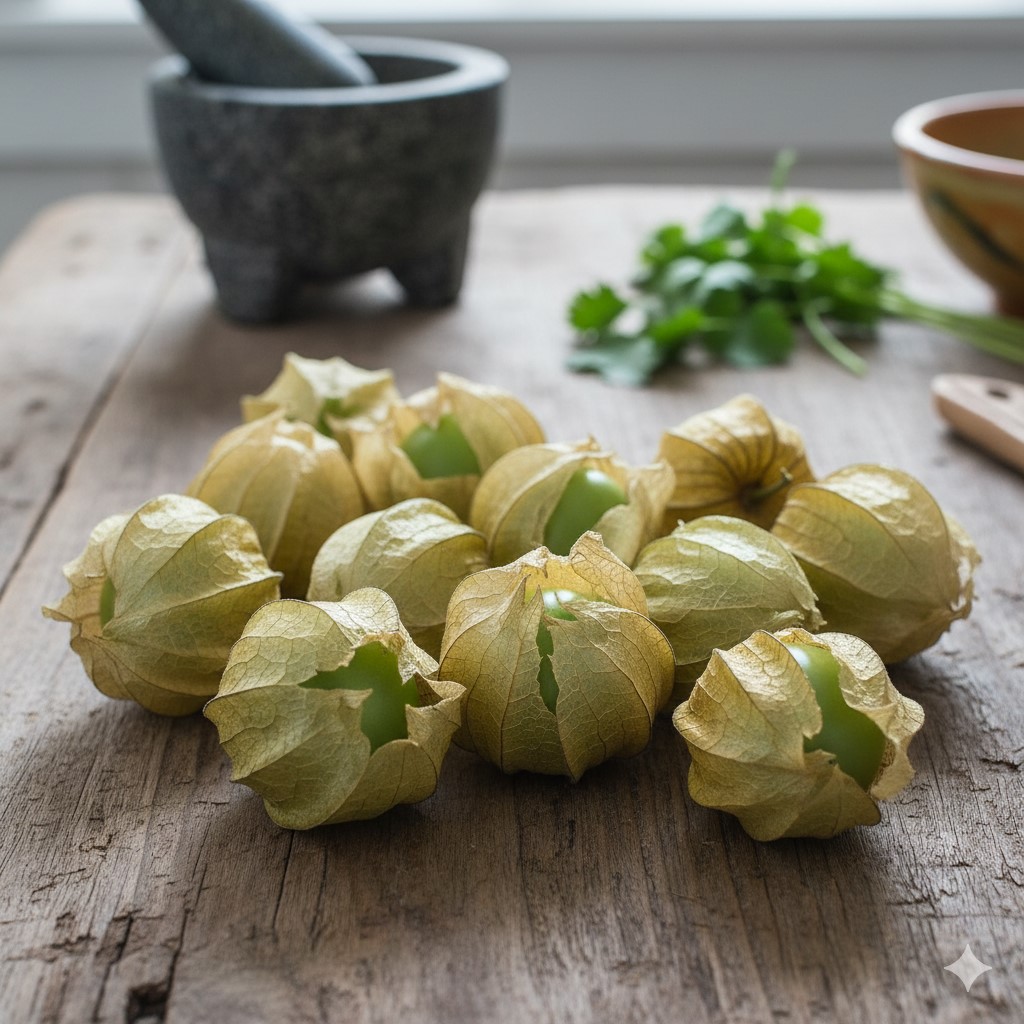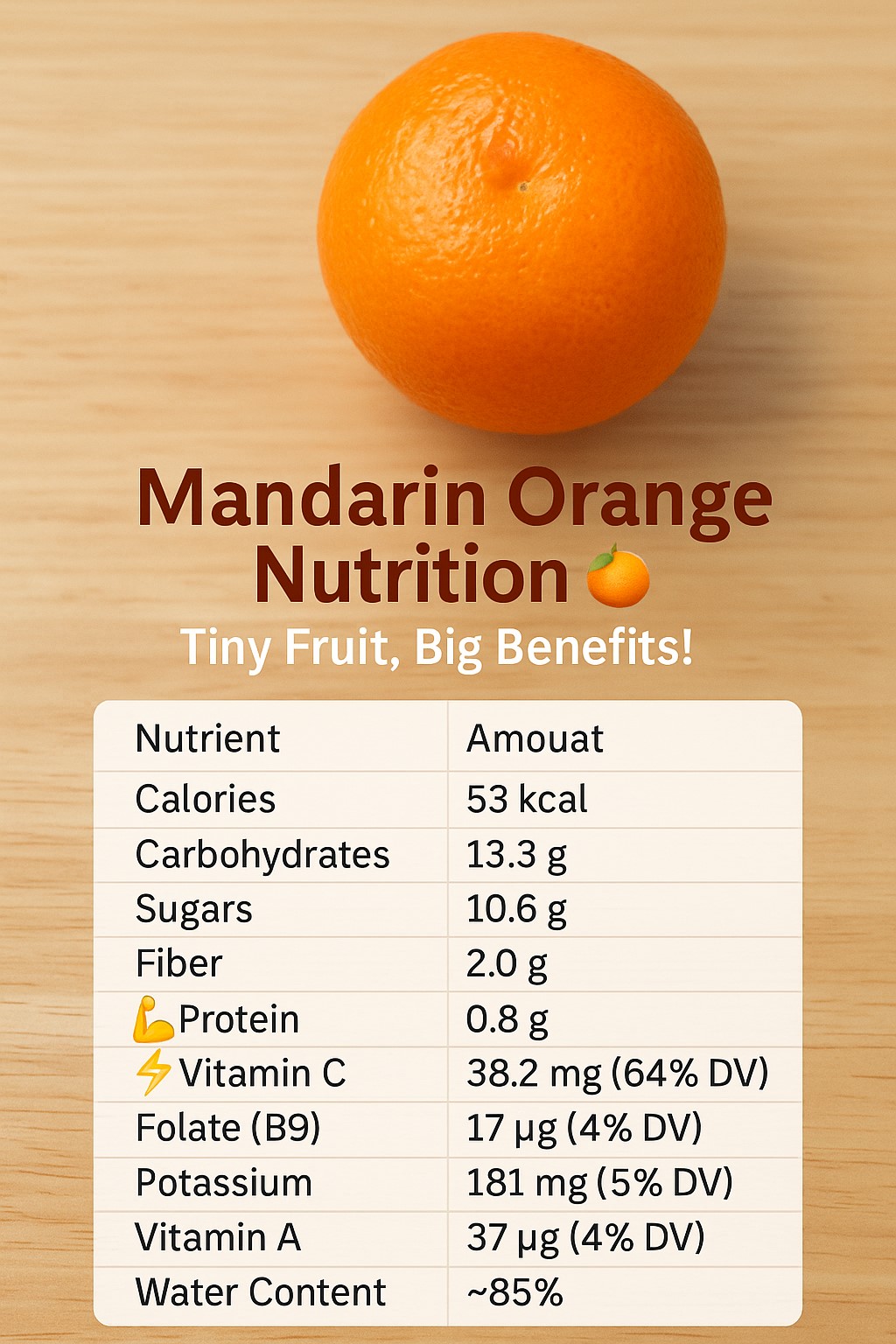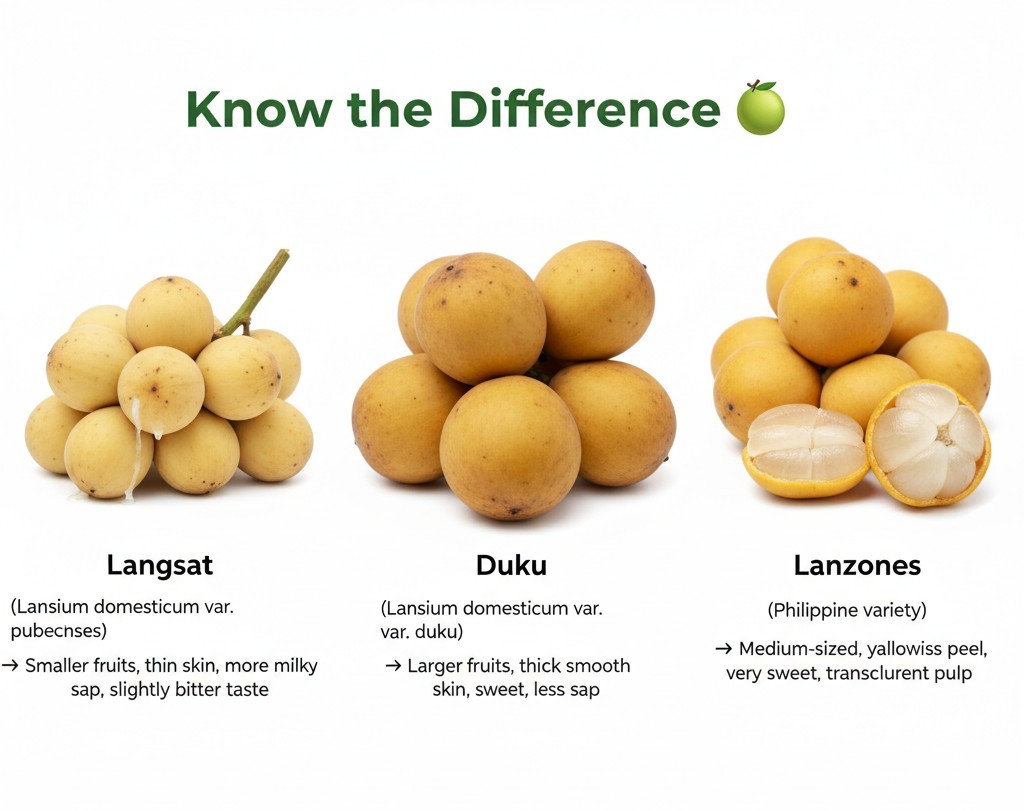Discover what is calamansi: the Filipino super citrus. Plus, breaking 2024 news — the DA launches “Makasim”, the first NSIC-registered variety. Uses, benefits & more.
On January 25, 2024, the Philippine Department of Agriculture made history by planting the first-ever NSIC-registered calamansi variety — “Makasim” (NSIC 2023 C1 01) — at the Bureau of Plant Industry (BPI) in Malate, Manila.
Led by DA Secretary Francisco Tiu Laurel, Jr., and joined by BPI officials including Director Gerald Glenn Panganiban, Assistant Director Herminigilda Gabertan, and Ruel Gesmundo, the ceremonial planting marked a milestone in Philippine agriculture.
Developed by researchers from the Baguio National Crop Research and Production Support Division, “Makasim” is set to improve yield, disease resistance, and fruit quality across the country.
This event, held during BPI’s 94th Founding Anniversary, signals a new era for one of the nation’s most beloved citrus fruits — no longer just a backyard plant, but a scientifically improved super citrus.
But what exactly is calamansi? Why is “Makasim” such a big deal? And how can you use it in cooking, wellness, or skincare?
🍊 What is Calamansi?
Genetically, calamansi is closely related to mandarin oranges (Citrus reticulata), which are also prized for their sweet-tart flavor and high vitamin C content.”
Calamansi (pronounced kah-lah-MAHN-see) is a small citrus fruit native to the Philippines and widely cultivated across Southeast Asia. Scientifically known as Citrofortunella microcarpa, it’s a hybrid between a kumquat and a mandarin orange or pomelo. Often called the “Philippine lime” or “Philippine lemon,” calamansi is not actually a true lime—but its tart, tangy flavor makes it a popular substitute in cooking and beverages.
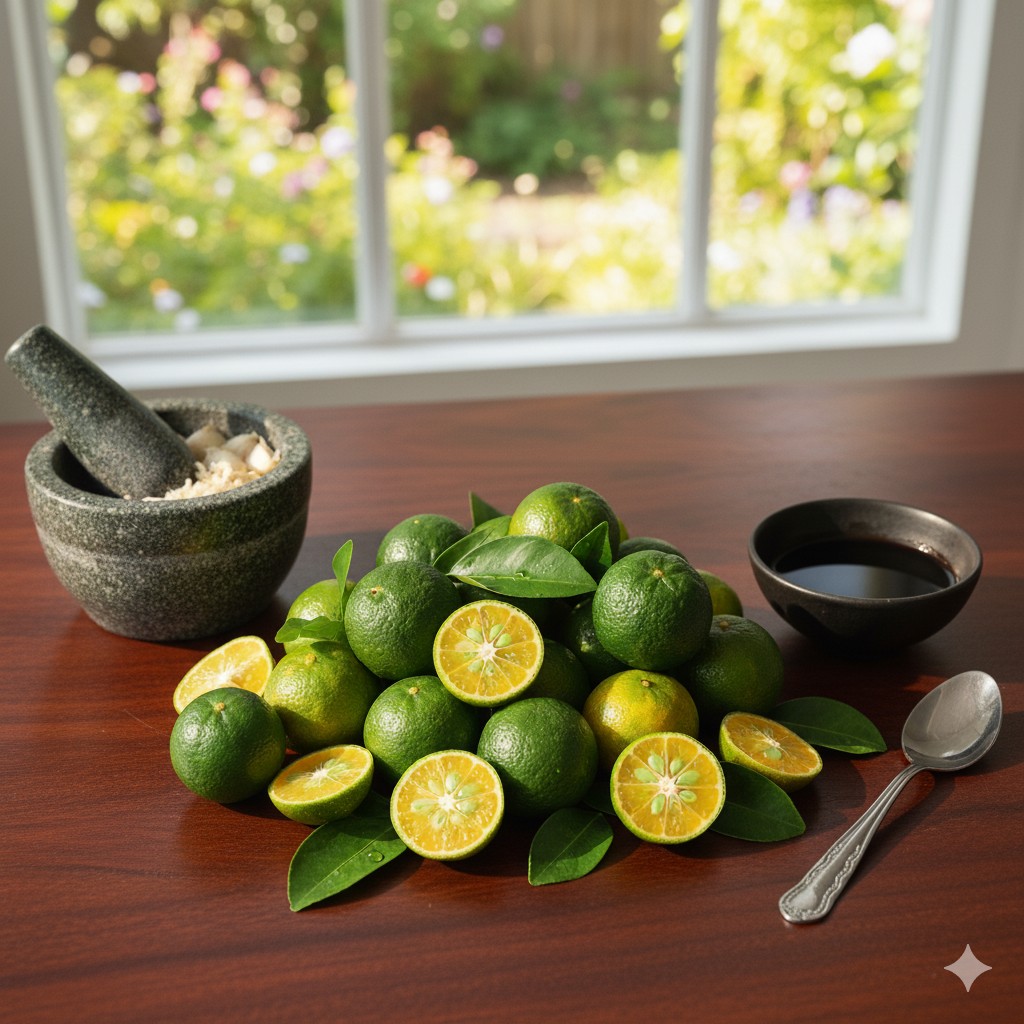
Despite its size—about the diameter of a golf ball—calamansi packs a powerful citrus punch that’s both sour and slightly sweet, making it incredibly versatile in both savory and sweet applications.
Breaking News: The First NSIC-Registered Calamansi Variety Launched in 2024
In a historic step for Philippine agriculture, the Department of Agriculture (DA) officially planted the first-ever NSIC-registered calamansi variety on January 25, 2024, at the Bureau of Plant Industry (BPI) in Malate, Manila.

Named “Makasim” (NSIC 2023 C1 01), this new variety was developed by researchers from the Baguio National Crop Research and Production Support Division. It marks a major milestone in standardizing and improving calamansi quality for farmers and exporters.
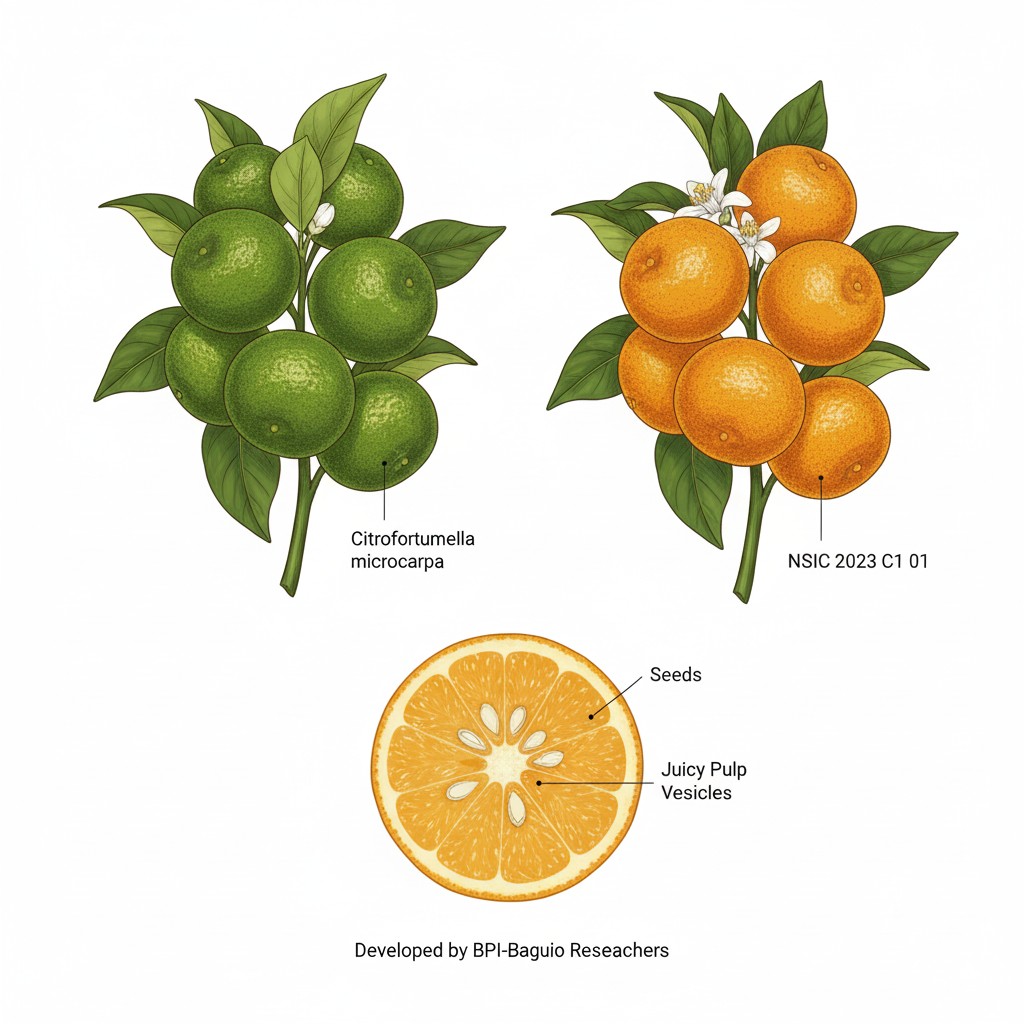
Why “Makasim” matters:
- First calamansi variety officially recognized by the National Seed Industry Council (NSIC)
- Promotes higher yield, disease resistance, and consistent fruit quality
- Supports the DA’s push for agricultural modernization and farmer livelihoods
The ceremonial planting was led by DA Secretary Francisco Tiu Laurel, Jr., alongside key BPI officials, as part of the 94th founding anniversary of the Bureau of Plant Industry.
This development signals a new era for calamansi farming in the Philippines — moving from backyard gardening to scientifically improved, scalable agriculture.
Source: Department of Agriculture Philippines – Official Gallery, January 2024
🌿 Calamansi Fruit: Appearance, Taste & Seasonality
Physical Characteristics:
- Size: 1–2 inches in diameter
- Color: Bright green when unripe, turning golden orange when ripe
- Skin: Thin, smooth, and edible (though often peeled)
- Flesh: Juicy, segmented, with 5–8 seeds per fruit
Flavor Profile:
- Taste: Tart and acidic like a lime, with subtle sweetness reminiscent of mandarin oranges
- Aroma: Fresh, floral, and intensely citrusy
Harvest Season:
Calamansi trees bear fruit year-round in tropical climates, with peak harvests from November to February in the Philippines.
🗺️Where Does Calamansi Come From?
Calamansi is indigenous to the Philippines and has been cultivated there for centuries. It thrives in warm, humid climates and grows abundantly in backyards, farms, and even pots on balconies throughout the country.
Today, it’s also grown in other parts of Southeast Asia, including Indonesia, Malaysia, and southern China, as well as in home gardens in Hawaii, Florida, and California.
Fun fact: Calamansi trees are hardy and easy to grow—many Filipinos consider them a symbol of home and resilience.
Culinary Uses: How is Calamansi Used in Cooking?
Calamansi is the unsung hero of Filipino cuisine. Its juice, zest, and even peel are used in countless dishes and drinks. Here’s how:
As a Condiment (Sawsawan)
Every Filipino meal isn’t complete without a dipping sauce—and calamansi is almost always part of it. Mixed with soy sauce, garlic, and chili, it creates the iconic toyo’t suka combo, perfect for fried foods like lumpia, grilled fish, or chicken.
In Beverages
- Calamansi Juice: A refreshing drink made by mixing fresh calamansi juice with sugar and water. Served chilled, it’s a go-to thirst quencher in the tropics.
- Iced Tea & Cocktails: Used as a natural citrus booster in teas, mojitos, and spritzers.
In Marinades & Sauces
The acidity tenderizes meat and enhances flavor. Calamansi is a key ingredient in:
- Paksiw (vinegar-based stews)
- Sinigang (sour soup—sometimes used as a souring agent)
- Adobo marinades
Desserts & Preserves
- Marmalade: Made from the peel and juice, often compared to orange marmalade but with a zesty kick.
- Cakes & Pastries: Zest adds a fragrant citrus note to Filipino baked goods.
Household Uses
Beyond food, calamansi is used as a natural:
- Cleaning agent (acid cuts through grease)
- Deodorizer
- rust remover
Health Benefits of Calamansi
Packed with vitamin C, antioxidants, and bioflavonoids, calamansi isn’t just flavorful—it’s good for you too.
Top 5 Health Benefits:
Boosts Immunity
High in vitamin C, calamansi helps strengthen the immune system and fight off infections.
Promotes Digestive Health
The citric acid stimulates gastric juices, aiding digestion and relieving bloating.
Supports Skin Health
Like black grapes, calamansi is rich in antioxidants that help fight free radicals and support youthful skin — although its citric acid requires more caution in topical use. Vitamin C promotes collagen production. Some use diluted calamansi juice topically to lighten dark spots (use with caution—can cause photosensitivity).
May Aid Weight Loss
Low in calories and high in fiber, calamansi juice is a popular addition to detox drinks and morning tonics.
Antioxidant-Rich
Contains flavonoids that help combat oxidative stress and inflammation.
⚠️ Note: Due to its high acidity, consume in moderation to avoid stomach irritation or enamel erosion.
🌱 How to Grow Calamansi at Home
Want to grow your own supply? Good news: calamansi trees are low-maintenance and can thrive in containers!

Growing Tips:
- Climate: Best in USDA zones 9–11. Can be grown indoors in colder regions.
- Sunlight: Needs full sun (6–8 hours daily).
- Soil: Well-draining, slightly acidic soil.
- Watering: Keep soil moist but not soggy.
- Harvesting: Fruits ripen in 3–4 months after flowering
With proper care, a calamansi tree can live for decades and produce hundreds of fruits each year.
Calamansi in English: What Do You Call It?
You might be wondering: What is calamansi in English?
While there’s no direct one-word translation, calamansi is commonly referred to in English as:
- calamondin
- philippine lime
- golden lime
- Bitter orange (less accurate)
However, “calamansi” is now widely accepted in English-speaking countries, especially in culinary and botanical contexts.
Calamondin vs Calamansi: Are They the Same?
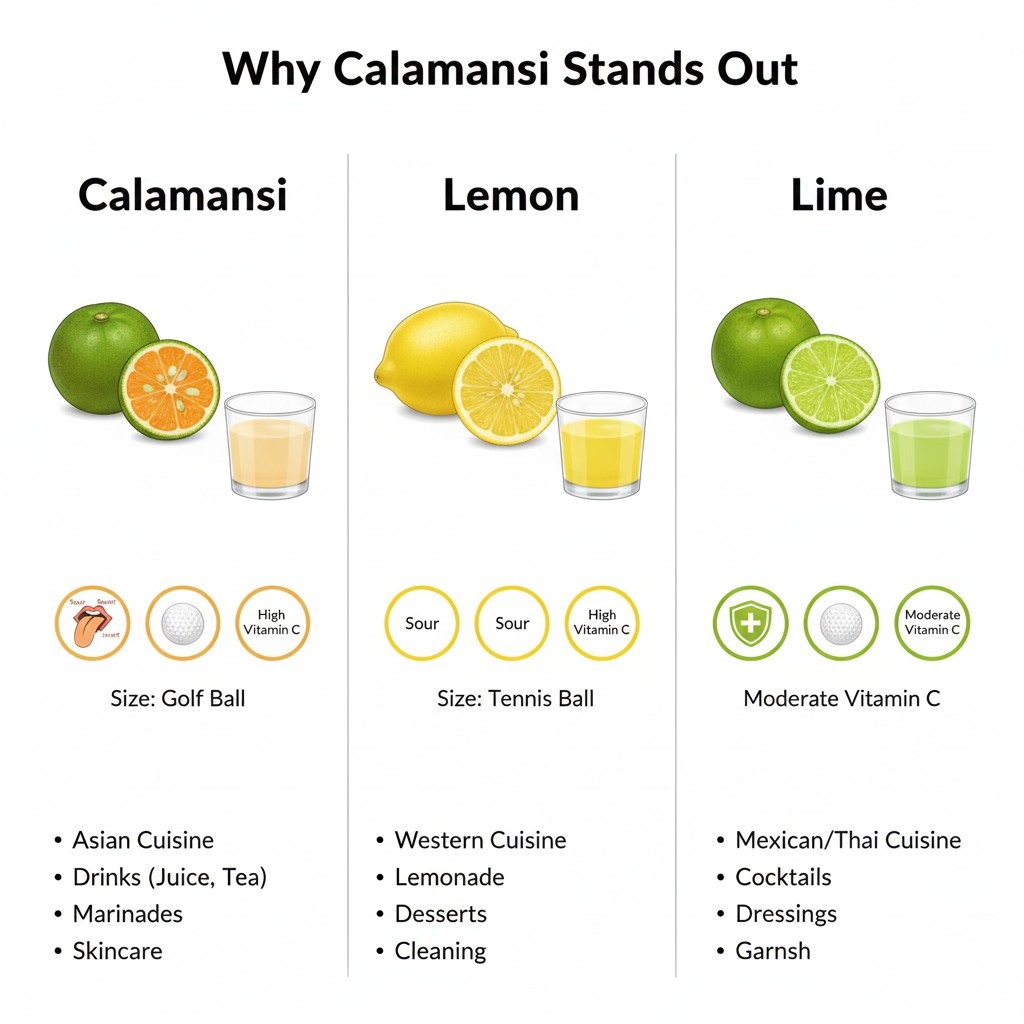
This is a common point of confusion. Let’s clear it up:
| FEATURE | CALAMANSI | CALAMONDIN |
|---|---|---|
| Origin | Philippines | Hybrid developed in the U.S. (from Philippine stock) |
| size | Smaller, golf-ball sized | Slightly larger |
| Flavor | More aromatic, balanced sweet tart | Tarter, less nuanced |
| usage | Culinary staple in the Philippines | Often ornamental; used in marmalades |
| Name | Local name in Filipino/Tagalog | Botanical/common name in Western horticulture |
✅ In short: Calamansi and calamondin refer to the same species (Citrofortunella microcarpa), but “calamansi” emphasizes the Filipino variety and cultural context, while “calamondin” is the term used in American and European gardening circles.
👉 Think of it like “coriander” vs “cilantro”—same plant, different names based on region and usage.
Where to Buy Calamansi (Fresh & Alternatives)
Can’t find fresh calamansi near you? Don’t worry—you have options.
Where to Find It:
- Asian grocery stores (Filipino, Vietnamese, Thai markets)
- Farmers’ markets in areas with large Filipino communities
- Online retailers (e.g., Amazon, specialty citrus farms)
Substitutes (if calamansi is unavailable):
- Lime + Orange Juice (2:1 ratio) – mimics the sour-sweet balance
- Yuzu juice – similar complexity, but pricier
- Meyer lemon – sweeter than regular lemon, closer to calamansi’s profile
💡 Pro Tip: Freeze fresh calamansi juice in ice cube trays for long-term storage!
Final Thoughts
So, what is calamansi? It’s more than just a fruit—it’s a cultural icon, a kitchen workhorse, and a nutritional gem. Whether you’re sipping calamansi juice on a hot day, marinating chicken for adobo, or growing your own tree on the patio, this little citrus packs a big punch.
From its roots in the Philippines to its rising popularity worldwide, calamansi is proof that sometimes, the smallest things make the biggest impact.
Another iconic Southeast Asian fruit is lanzones (langsat)—a sweet, segmented delicacy celebrated in the Philippines every October.”
(FAQ)
Q: Is calamansi the same as lemon?
No. While both are citrus fruits, calamansi is a hybrid of kumquat and mandarin, whereas lemons are a different species (Citrus limon). Calamansi is smaller, sweeter, and more floral.
Q: Can I eat calamansi raw?
Yes! The flesh and peel are edible. However, due to its intense sourness, most people prefer it juiced or sweetened.
Q: Why is calamansi so popular in the Philippines?
It’s deeply embedded in Filipino culture—used in daily meals, traditional medicine, and even beauty routines. Its ease of growth and versatility make it a household essential.
Q: Does calamansi whiten skin?
Some use diluted calamansi juice as a natural skin brightener due to its citric acid content. However, dermatologists warn it can cause irritation or sun sensitivity. Patch test first!
Reference:
Planting Ceremony of 1st NSIC-Registered Calamansi (January 25, 2024) | Official Portal of the Department of Agriculture – Department of agriculture
What Makes Calamansi Fruit So Unique? – Tasting table
